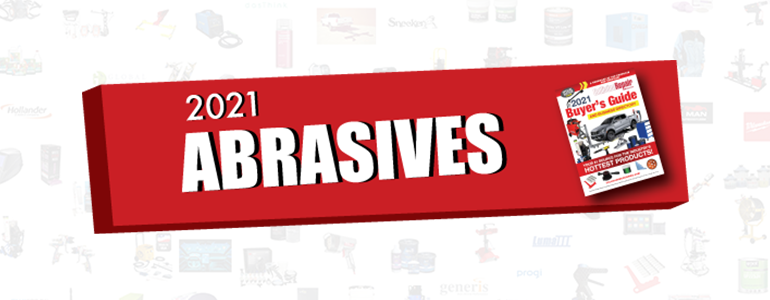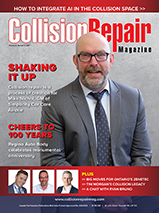In the aftermath of a traffic accident, navigating the maze of collision repair can be a daunting ordeal. Yet, the key to swiftly restoring the harmony between life and the road lies in understanding the essentials of efficient collision repair solutions. This comprehensive guide is designed to unravel these essentials, ensuring that your vehicle receives the care it needs to return to its pre-collision glory.
**1. Initial Assessment and Estimation**
The first step in the collision repair process involves a thorough assessment and estimation. Professionals will examine your vehicle to determine the extent of the damage. Utilizing latest technologies, such as 3D scanning and computerized estimating systems, repair shops can provide accurate and detailed estimates, ensuring transparency and fairness in the repair process. Prioritizing shops that offer free, no-obligation estimates can also be a beneficial practice.
**2. Choosing OEM (Original Equipment Manufacturer) Parts vs. Aftermarket Parts**
A crucial decision in the repair process is the choice between OEM parts and aftermarket parts. OEM parts are produced by the vehicle’s manufacturer and guarantee a perfect fit and optimal performance, maintaining your vehicle’s value and integrity. Meanwhile, aftermarket parts, often less expensive, might not always match the exact specifications of your vehicle, potentially affecting performance and safety. For high-quality repairs, OEM parts are generally recommended, though in some cases, aftermarket parts can serve as a budget-friendly alternative without compromising on safety.
**3. Technological Expertise and Certification**
The complexity of modern vehicles, with their advanced safety systems and computerized components, requires a high level of technological expertise. Choosing a repair shop with certified technicians, who are trained in the latest repair techniques and technologies, is essential. Certifications from organizations like I-CAR (Inter-Industry Conference on Auto Collision Repair) signal a technician’s skills and knowledge in collision repair, offering reassurance that your vehicle is in capable hands.
**4. Paint Matching and Finishing Techniques**
The final appearance of your vehicle, upon completion of repairs, is predominantly determined by the quality of paint matching and finishing techniques. Advanced color matching technology ensures a seamless blend between the repaired areas and the original paintwork, preserving the aesthetic appeal of your vehicle. A high-quality repair shop will use environmentally friendly, water-based paints, and computerized paint mixing systems to achieve an impeccable finish.
**5. Understanding the Warranty**
Before committing to a repair shop, understanding the warranty offered on the repair work is critical. A reputable shop will stand behind its work with a comprehensive warranty that covers both parts and labor. Ensure you are clear about the warranty’s duration and what it entails. A solid warranty is a testament to the confidence a repair shop has in its workmanship and the quality of the parts used.
**6. Communication and Customer Service**
Excellent communication and customer service are the hallmarks of a reputable collision repair shop. The repair process should be transparent, with regular updates on the progress of your vehicle’s repairs. Professional shops will handle the coordination with insurance companies, alleviating one more concern from your list. Selecting a repair facility that values customer service ensures a more manageable and stress-free repair experience.
In conclusion, efficient collision repair solutions hinge on making informed decisions at each step of the process. From the initial assessment to the final touches, understanding the essentials delineated in this guide empowers you as a vehicle owner, ensuring that your collision repair journey culminates in a seamless and satisfactory outcome. Remember, quality repairs are an investment in your vehicle’s future, safeguarding its performance, safety, and resale value.























